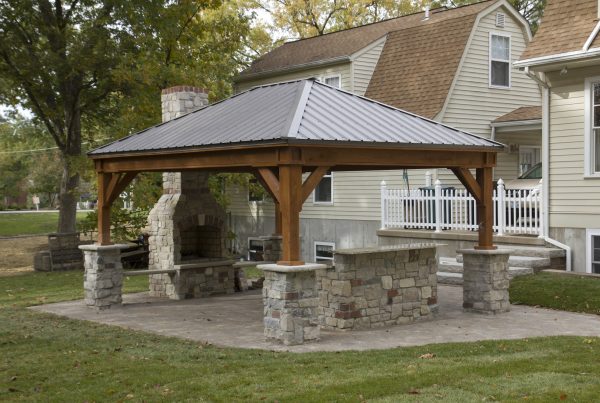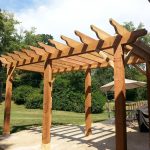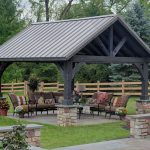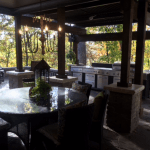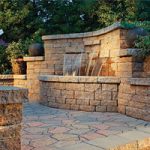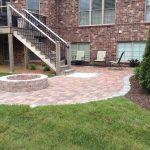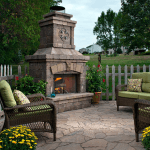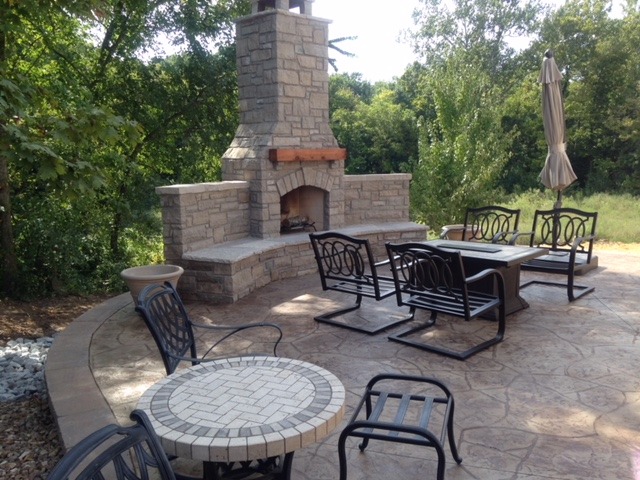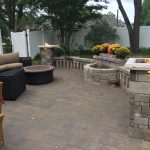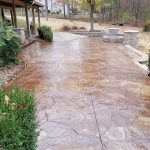You’ve perfected your landscaping, and now it’s time to light it. Not sure where to begin? Before you head to the store to make any impulsive lighting purchases, take a look at these tried-and-true tips, which are guaranteed to make your outdoor lighting look its absolute best.
Have a vision.
First and foremost, walk through your space. Do this during the day, and again at night. Envision where you might want to place lighting fixtures, and how well-lit you want it to be. Do you want to create an ambient space for backyard entertaining? Are you looking to light a pathway to your front door? When it comes to lighting your landscape, stick to the belief that less is more. How light is seen during the day differs from how we see it at night, meaning you won’t need as much illumination as you think in order to make an impact. Take a few photos of your space to reference when shopping for lighting, and don’t be afraid to ask for an expert opinion if you’re not sure where to place things.
Create a plan.
Once you have a vision for lighting your space, it’s time to make an actionable plan. Instead of sticking lights haphazardly throughout your yard or walkway, be sure to take the time to measure, so you’ll have the appropriate spacing from one fixture to the next. If you’re lighting a pathway, for example, it’s recommended to space each fixture 6-8 feet apart. An important thing to keep in mind when planning is your power source. Are you planning to use solar lights? If so, make sure you plan to install these in well-lit spaces. If not, be sure take note of the location of your outlets. This way, you’ll know how much wire you need, or if you’ll need to install any additional power sources.
Identify your materials.
Once you have a plan for lighting, it’s time to identify which types of fixtures will best suit your landscaping needs. If you’re seeking a low-effort and low-cost lighting setup, solar lighting is your best bet. It’s typically the most affordable and has the added benefit of no cords needing to be hidden. If you’re looking for something a step up, you’ll probably want low-voltage landscape lighting. This type of lighting requires an outdoor receptacle and a transformer, which will convert the voltage coming from your household into the appropriate voltage for your outdoor lights. This will also require hiding some cords, but is a great alternative to solar lighting without much additional effort. If you’re looking for a high-quality lighting setup, you may be interested in high-voltage landscape lighting. This requires the greatest effort to install, as wiring must be buried at a depth of 18 inches or encased to protect it from water. You’ll need the assistance of a licensed electrician for installation.
Set up your space!
Once you’ve identified the look of your space, calculated your measurements, and purchased the proper materials, all that’s left to do is light your landscaping! It’s best to take your time to ensure your spacing is correct, any wiring is properly positioned, and that you’ve captured the look you were aiming for. The best part about installing landscape lighting is that it’s fairly simple to do, and nothing is permanent. If you think you want some additional lighting, or decide you may have overdone it, it’s always possible to change things up. Keep at it until you’re totally satisfied with your space.
Now’s the perfect time to add lighting to your landscaping. For any questions or additional information, please contact us.

